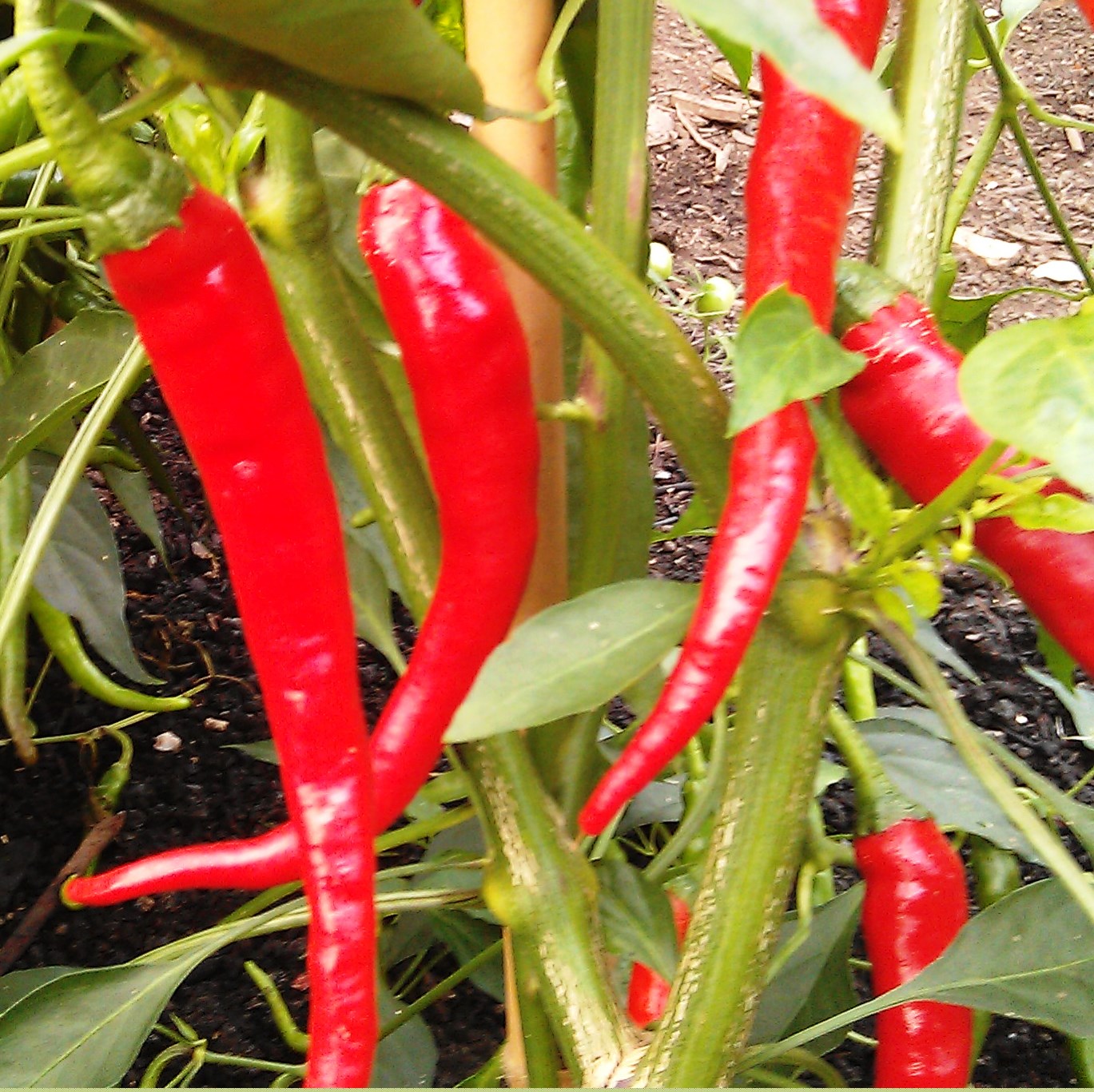
A quick and easy way to give kale a kick from ever-reliable BBC GoodFood. Use the kale in Camel CSA’s veg boxes this week along with our homegrown garlic and chilli.
Serves: 4
Preparation: 5 minutes
Cooking time: 8 minutes
Ingredients
200g curly kale
1tbsp olive oil
2 garlic cloves, finely sliced
1 red chilli pepper, deseeded and sliced
Method
Heat the oil in a large wok or frying pan, then add the kale and a couple tbsp water. Season, then stir-fry for 5-8 mins, adding the garlic and chilli for the final 2 mins. When the kale is tender and a vibrant green, remove from the heat and serve.
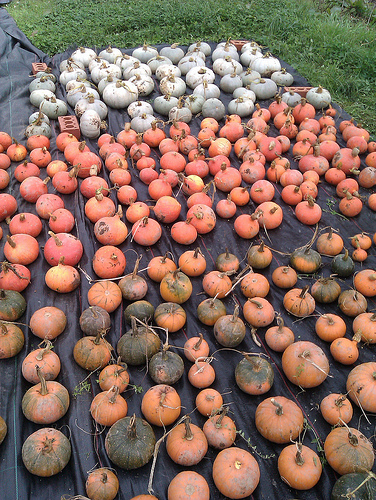
“A rich winter warmer with a kick,” says the excellent West Country FoodLover magazine, which has this variation on a classic recipe. Use the Crown Prince or Uchiki Kuri squash in Camel CSA’s boxes.
Serves: 4
Preparation time: 15 minutes
Cooking time: 50 minutes
Ingredients
1 tbsp olive oil or large knob of butter
1 onion, finely chopped
salt and freshly ground black pepper
3 garlic cloves, finely chopped
5cm fresh root ginger, peeled and finely chopped
1 tbsp honey (optional)
pinch of dried chilli flakes
1 small cinnamon stick
900g winter squash, like Crown Prince or Uchiki Kuri, peeled, deseeded and diced (keep peel and seeds)
900ml hot stock, with muslin bag of peel and seeds
Method
Heat the oil or butter in a large heavy-based pan over a medium heat. Add the onion and cook for 3–4 minutes. Season with salt and pepper and add the garlic, ginger, chilli flakes and cinnamon stick and cook for a few seconds before adding the squash. Add a little more oil/butter if needed. Add the honey (optional).
Put the seeds and peel in a thin muslin cloth and securely tie at the top. Pour in a little of the stock, increase the heat and scrape up the bits from the bottom of the pan. Add the remaining stock, and the muslin bag, and boil for about a minute. Reduce the heat to a simmer; cover with the lid and cook for about 45 minutes until the squash is soft and the flavours have developed.
Remove the cinnamon stick, and whiz with a stick blender until smooth. Add hot water if the soup is too thick. Transfer to a clean pan to heat through, and season if required. Serve with wholemeal or rye bread.
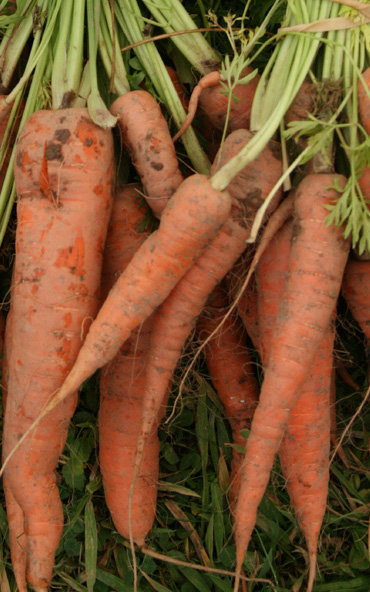
This is from Nigel Slater’s new Eat: The Little Book of Fast Food.
Serves: 2 (light main course) or 4 (side dish)
Preparation: 10 minutes
Cooking time: 20 minutes
Ingredients
potatoes, parsnip, carrots, onion, rosemary, pumpkin seeds, olive oil
Set the oven at 200C/gas mark 6. Shave 250g potatoes, a large parsnip and 2 large carrots with a vegetable peeler. Peel and finely slice an onion into rings.
Toss the potatoes, parsnips, carrots and onion in a large mixing bowl with a heaped tablespoon of rosemary leaves, 5 tablespoons of olive oil and 2 tablespoons of pumpkin seeds, then tip on to a baking sheet. Spread out into a shallow layer. Bake for 20 minutes, till tender and lightly crisp on the edges.
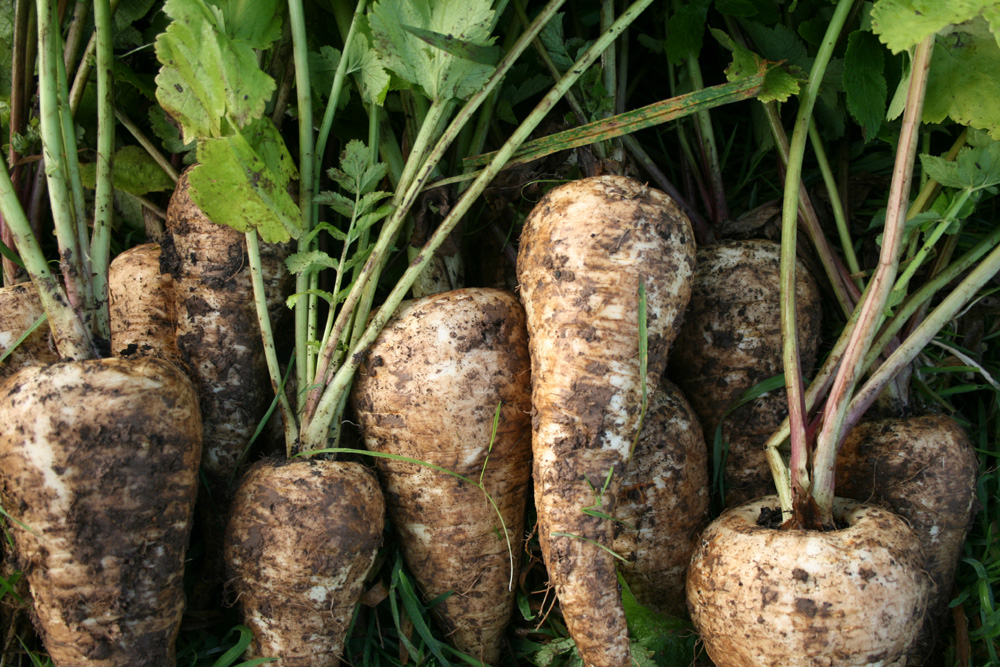
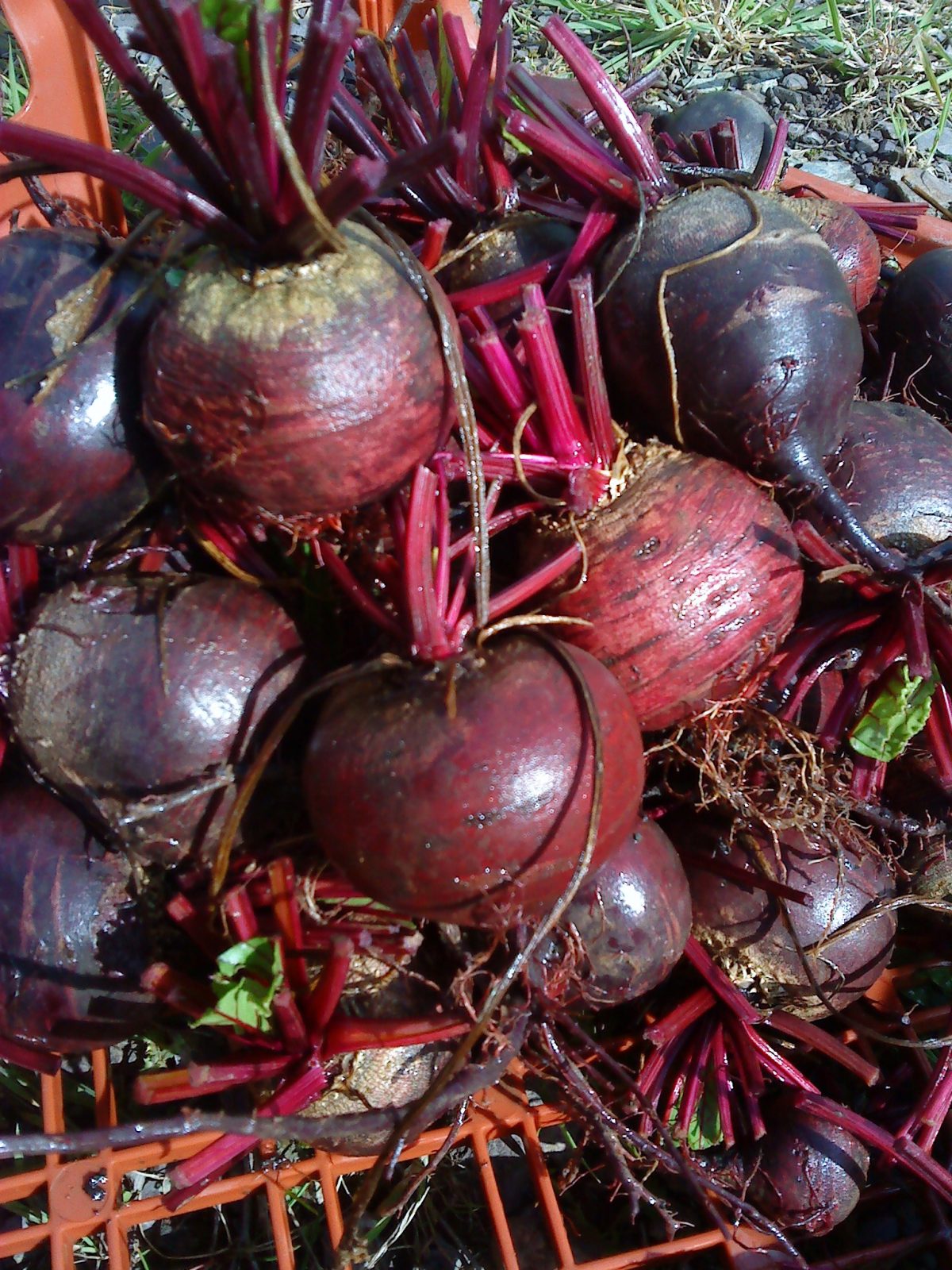
At Camel CSA we love making preserves. Our expert grower Bridget Gould recommends this beetroot relish. She says: “It’s delicious with cheese so I’ve made some for Christmas presents.” The recipe comes from gardener-come-foodlover Alys Fowler via West Country FoodLover magazine.
Makes several jars (depending on size)
Preparation time: 20 minutes
Cooking time: 90 minutes (in two stages)
Ingredients
1kg beetroot
100ml balsamic vinegar
A handful each of fresh thyme and marjoram leaves
sea salt, to taste
zest and juice of one large orange
2 large red onions, finely diced
50g light brown sugar
2 tbsp olive oil
4 garlic cloves, peeled and sliced
100g caster sugar
400ml red wine vinegar
sterilised jars with lids
Method
Preheat the oven to 160C. Wash and peel the beetroot and cut into quarters. Place in a roasting tin with the balsamic vinegar, marjoram and thyme leaves, add az pinch of sea sla and grate over the orange zest (set aside the juice for later). Mix everything together with your hands, cover with foil and roast for 40 minutes or until you can pierce the beetroot with a knife. Set aside to cool completely.
The following day, coarsely grate the beetroot into a bowl, scraping in any juices from the roasting tin. Place the diced onions in a large, heavy-based pan wih the light brown sugar and olive oil. Set over a very low heat and stir gently until the onions soften completely and start to caramelise.
Add the sliced garlic, grated beetroot, caster sugar, orange juice and red wine vinegar. Gently simmer for 30 minutes until the liquid has reduced by about two thirds, stirring from time to time to stop it from sticking. You can tell when the relish is cooked when you can draw a spoon across the botom of the pan and it will initially stay clear before refilling wih syrupy juices.
Scoop the hot relish into sterilised jars, cover with waxed discs and put on the lids. Store in a cool, dark place for up to six months.
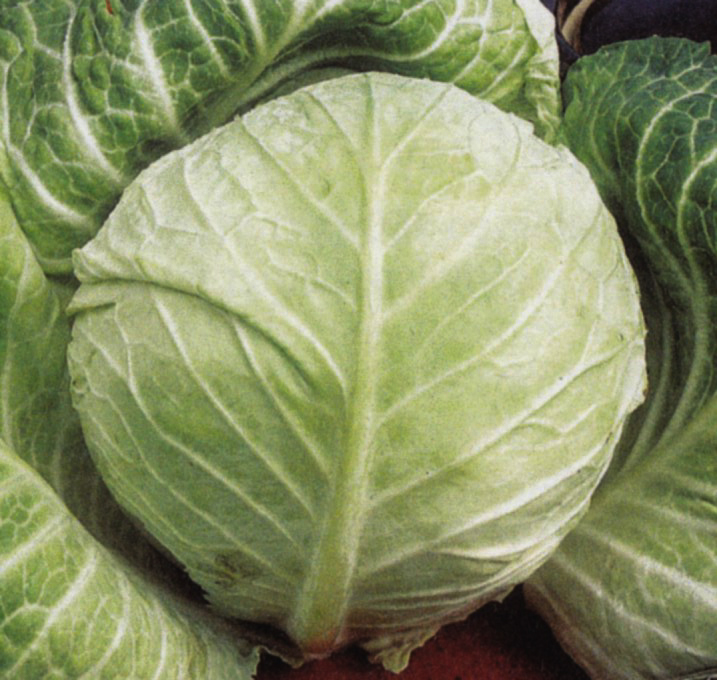
Workers’ cooperative Organiclea provides this week’s recipe. Its members are doing a grand job growing food at the edge of Epping Forest in the Lea Valley, once known as the bread basket of London.
Hannah says: “Red cabbage, white cabbage, carrots, cox apples, left over sprout tops or cavolo nero, florets of raw cauliflower, a handful of pumpkin seeds – any combination of these early winter vegetables grated or finely sliced will give you a delicious coleslaw.
“Other good additions include beetroot, a handful of sultanas, pine nuts or a small amount of finely sliced red onions.” [And of course the kohlrabi in this week’s boxes from Camel CSA!]
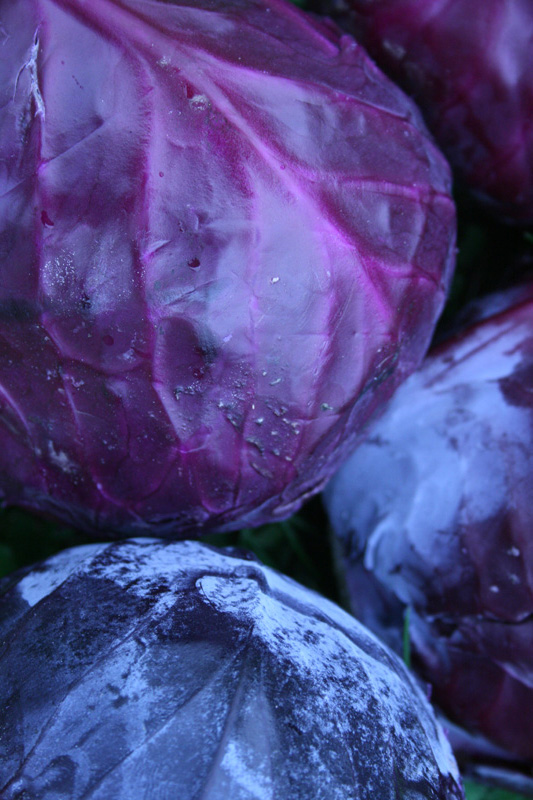
These are Hannah’s ideas for coleslaw dressings:-
• 3tbsp olive oil, 1 tbspn white wine vinegar, 1 tsp whole grain or Dijon mustard, salt & pepper
• ½ cup crème fraiche, 1 tbspn horseradish, 2 tsp honey, squeeze lemon, salt & pepper.
• grated fresh ginger, 3-4 tbsp rice wine or white wine vinegar, 2 tsp sesame oil, 1 tbsp soya sauce, chopped coriander, salt & pepper.
• 2 tbsp tahini, 1tbsp lemon juice, 1 tbsp cider vinegar, 2 tbsp agave syrup or maple syrup, 1 tsp wholegrain or dijon mustard, 1 clove of garlic finely chopped, salt & pepper.
• 1 tbsp olive oil, 1 tbsp red wine vinegar, 2 tbsp lemon juice, 1 tbsp maple syrup, salt & pepper
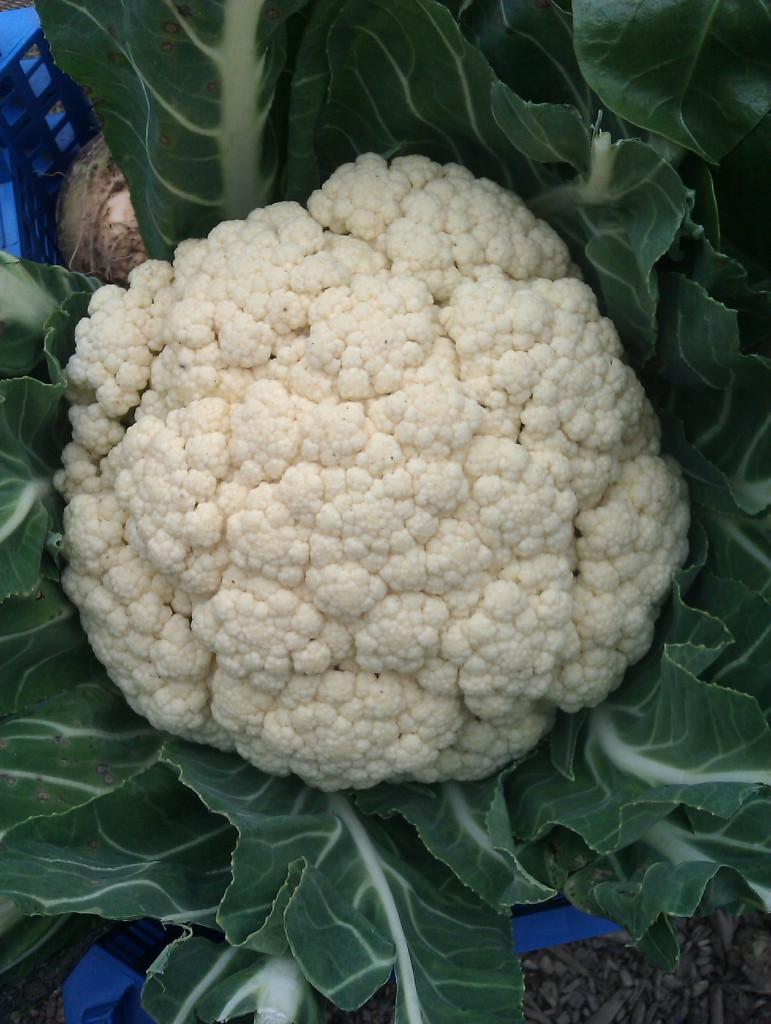
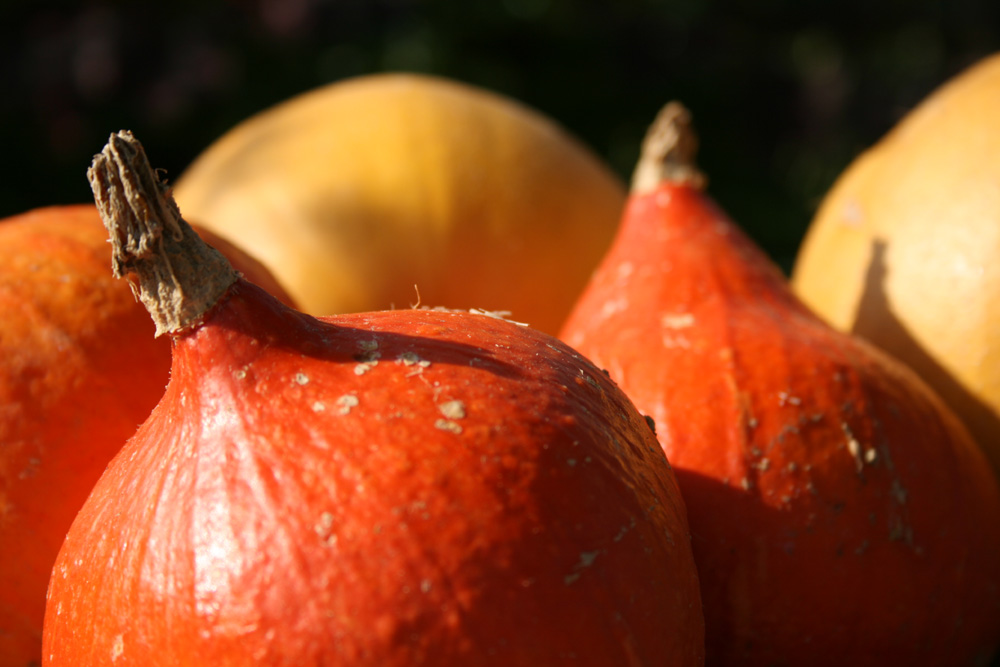
The large amount of double cream in this Nigel Slater recipe made me wilt. So when trying it out I put in a lesser quantity of creme fraiche mixed with yoghurt, and tinned borlotti beans in the absence of fresh.
A firm and flavourful winter squash from my veg box substituted the more watery pumpkin, so I hope I got away with it! Result: still the “resoundingly satisfying family meal” that Nigel intended.
Serves 6
Preparation: 15 minutes
Cooking time: one hour
3 small onions, roughly chopped
5 tbsp oil
1kg pumpkin or other yellow-fleshed squash (peeled and seeded weight)
250g borlotti beans (weight before podding)
350g gruyere
500ml double cream
30g grated parmesan
Warm the onions in the oil in a deep pan. Cut the pumpkin into large dice, then add to the softened onions and continue cooking till the pumpkin has coloured a little at the edges. Set the oven at 180C/gas mark 4.
Pod the borlotti and boil the beans hard for 10 minutes in unsalted water then drain. Cut the gruyere into large dice and scatter in the bottom of a large baking dish. Put the onion and pumpkin on top of the cheese, add the drained borlotti beans, then season with salt and black pepper. Pour over the cream, scatter the top with grated parmesan and bake for 35-45 minutes till the cheese has melted and the cream is bubbling around the edges.
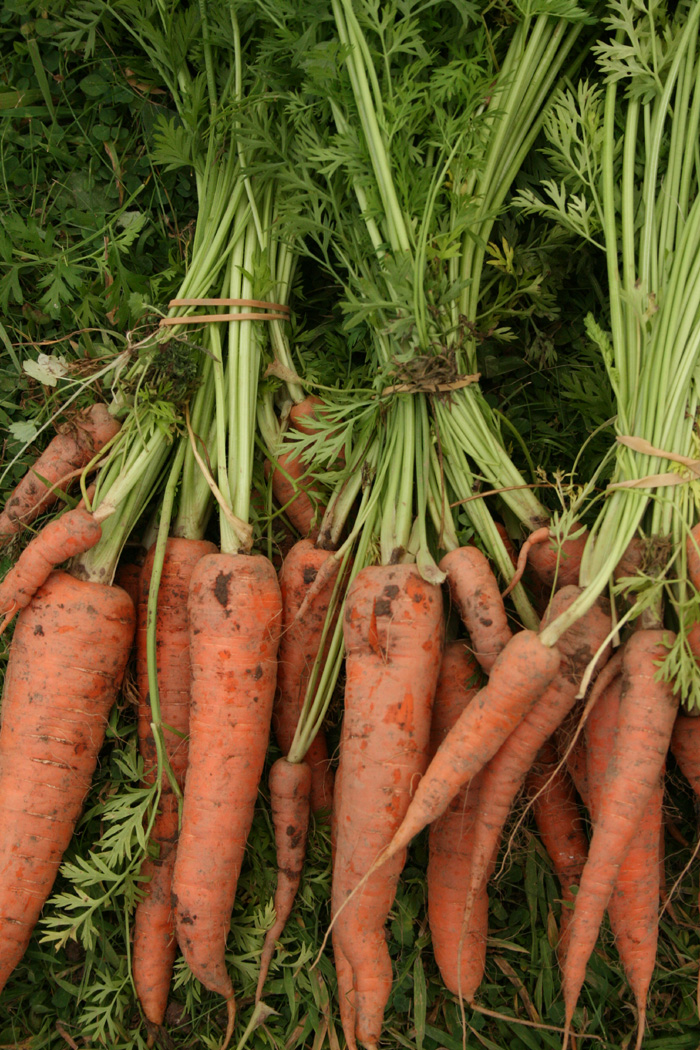
This simple and delicious dish from seasonal food campaigner Hugh Fearnley-Whittingstall is a perfect way to serve the tender, flavoursome carrots in Camel CSA’s veg boxes this week.
Hugh says: “Very good with fish or chicken, and I love it with hummus and flatbread, in which case I often add some segments of orange and a squeeze of orange juice.”
Serves: 6
Preparation/cooking time: 15-20 minutes
Ingredients
500g carrots, peeled and sliced about 4mm thick on the diagonal
100g whole, blanched almonds
1 tbsp cumin seeds
2 tbsp extra-virgin olive oil
Sea salt and freshly ground black pepper
Method
Bring a pan of salted water to a boil, add the carrots, cook for five minutes, until tender, then drain.
Meanwhile, heat a large frying pan over medium heat. Toast the almonds, tossing frequently, until golden all over. Transfer to a mortar. Toast the cumin in the same pan for a few minutes until fragrant, add to the almonds, then lightly bash.
Put the still-warm carrots in a bowl, add the nuts, seeds and oil, season, toss and serve.
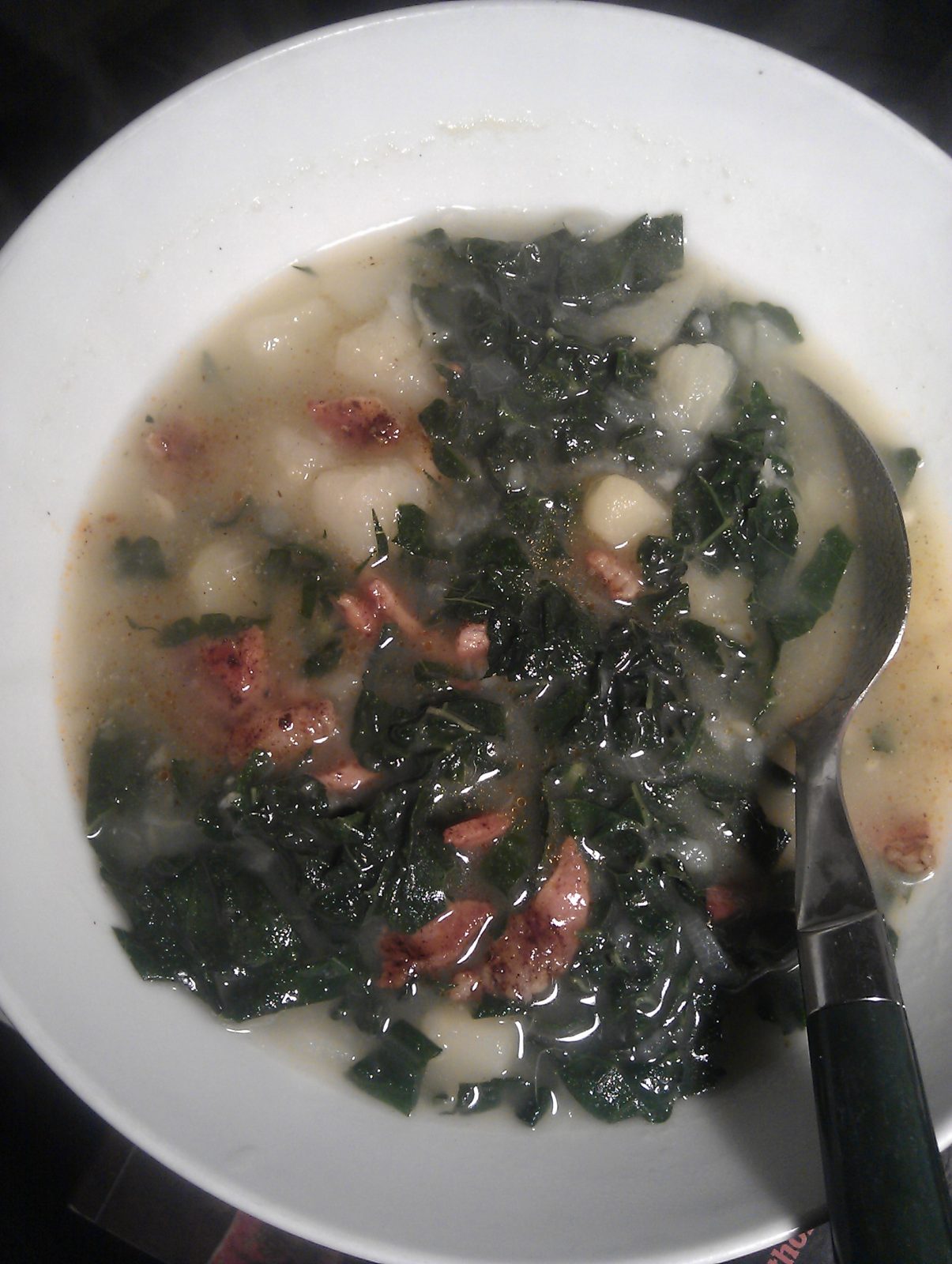
I first came across this nourishing national dish when exploring north Portugal on the back of a motor bike. We were on a tight budget, so cooked this soup often on our camp stove.
Every village market had a stall heaped with dark green leaves of couve galega (collard greens) – an open, flat-leaved cabbage that’s not dissimilar in texture and flavour to spring greens or kale. Behind this stall a woman was cutting the leaves into fine strands using a hand-operated shredder, ready to cook.
How do UK cooks make a reasonably authentic version of this traditional poor man’s soup? Answer: with kale. So here’s my own version, with thanks to food writers Jamie Oliver and Nigel Slater. For advice on how to make a proper Portuguese caldo verde, go to Azelia’s Kitchen.
Serves: 4
Preparation time: 10 minutes
Cooking time: 25 minutes
Ingredients
2 tbsp extra-virgin olive oil
1 large onion, finely chopped
2 garlic cloves, chopped
3 or 4 large potatoes, peeled and diced
1 litre water or stock
300g red Russian kale or Tuscan kale (cavolo nero) or spring greens, finely shredded
150g chorizo or spicy sausage, sliced (optional)
black pepper
Method
Cook a finely chopped onion and clove of garlic in a little olive oil for 2 minutes. Add 3 or 4 large potatoes, peeled and diced, cook them for a minute or two, then pour in a litre of water or stock. Simmer for 20 minutes until the potatoes are soft then crush them gently.
Meanwhile prepare the kale. Cut out the stalks and roll the leaves up tightly like a cigar before cutting them into wafer-thin strips. Thickly slice the chorizo or spicy sausage.,
Stir the kale into the soup and simmer for barely five minutes. Fry the sausage briefly in a nonstick pan. Remove it, leaving the fat behind, and drop it into the hot soup. Serve immediately with a small pool of olive oil floating on the surface.
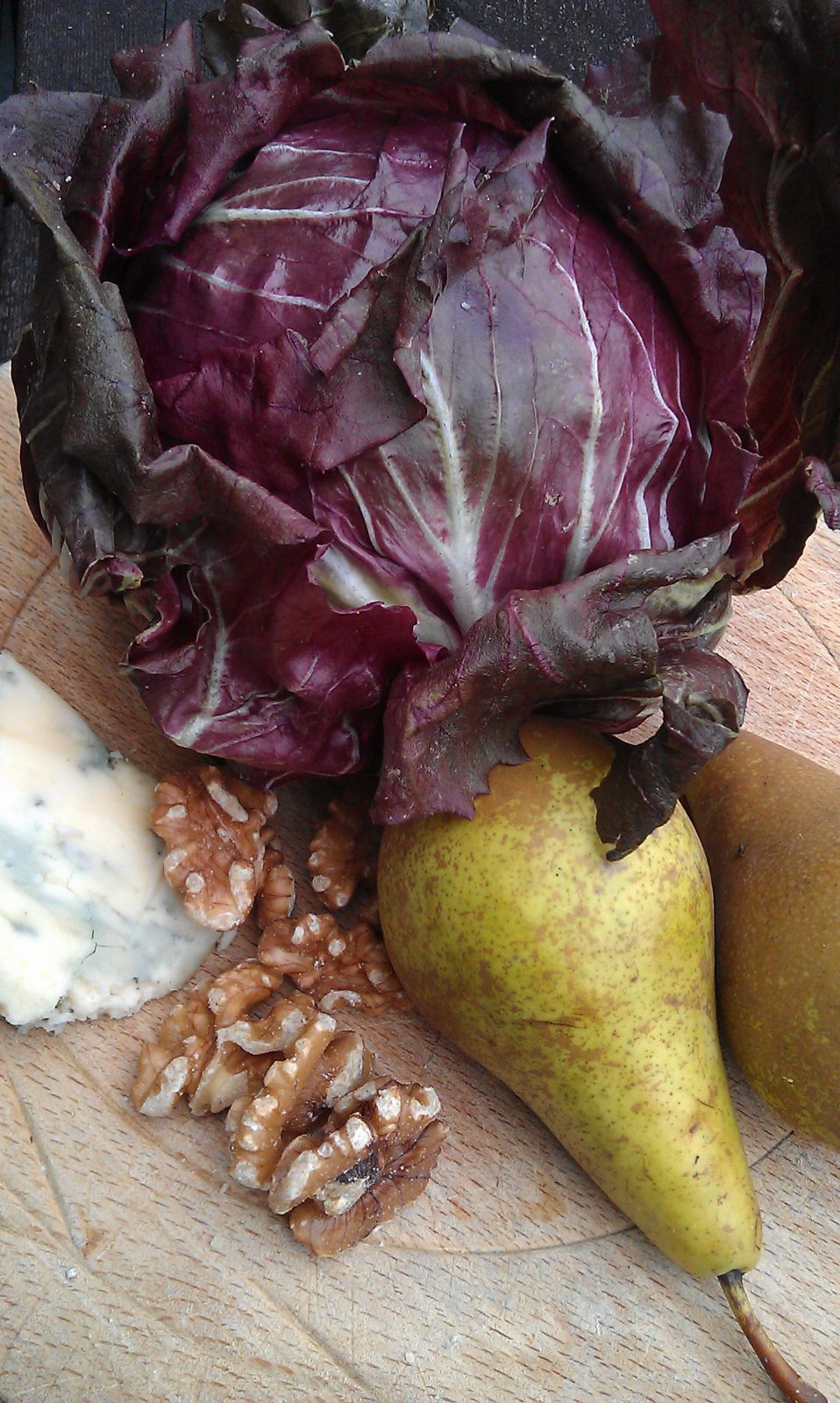
This recipe from Riverford Organic Farms is a beautiful combination of flavours and texures. We’ll be using the radicchio and mixed salad leaves in Camel CSA’s weekly boxes with Cornish blue cheese, English pears and Cornish sea salt.
Serves: 4
Preparation/cooking time: 15 minutes
Ingredients
1 head radicchio, tough core removed, leaves shredded
100g mixed salad leaves, or shredded lettuce leaves
small knob of butter
1 tbsp olive oil
4 pears, cored + sliced
150g walnut pieces
2 tbsp clear honey
splash balsamic vinegar
sea salt + black pepper
200g stilton, crumbled
extra virgin olive oil to finish
Method
Mix the radicchio and salad leaves together in a large bowl. In a large frying pan, heat the butter and oil. Add the pears. Cook on a reasonably high heat until the pears have softened and turned golden brown.
Add the walnuts, honey and a good splash of balsamic vinegar. Season well with salt and pepper. Stir gently to combine, remove from the heat and leave to cool slightly. Add a tablespoon or two more of good olive oil. Pour the pears into the salad leaves and lightly toss to combine.
Either serve on one large platter, sprinkled with the stilton, or on individual plates. Drizzle over a little more olive oil to serve.
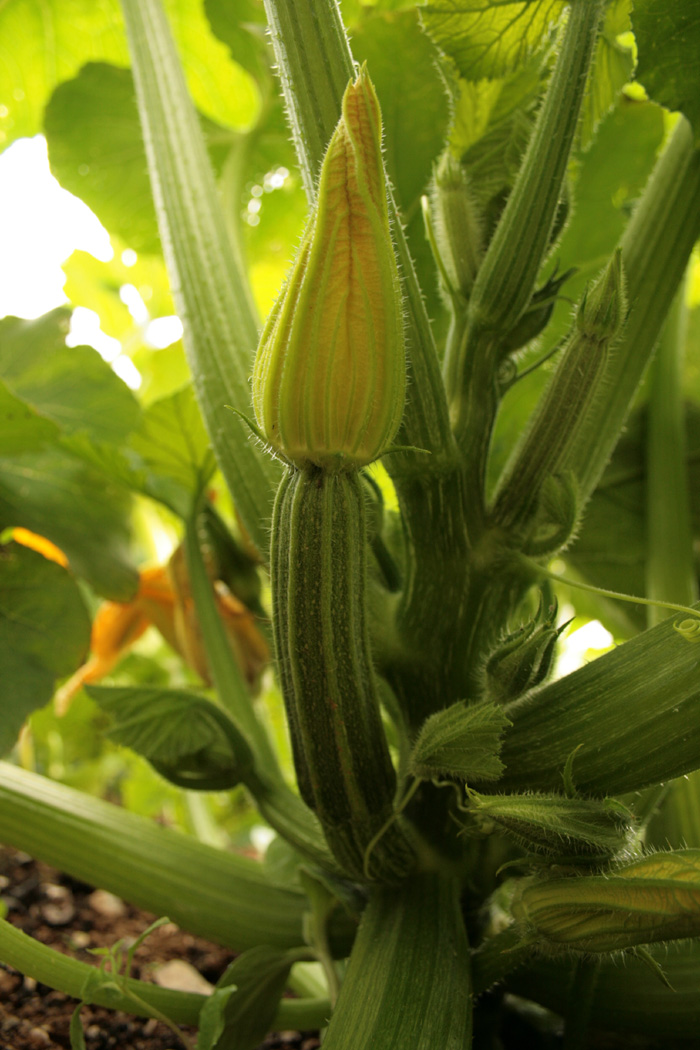
Camel CSA’s growing skills don’t quite extend to melons, but there are some beautiful ones on sale at the moment at The Vine in Wadebridge. Hugh Fearnley-Whittingstall in The Guardian suggests partnering them with cucumbers and courgettes in this side dish. Luckily we’ve got plenty of those.
He says: “All that delicate, juicy flesh is pointed up beautifully by the assertive flavours of olives and onion.”
Serves: 4
Preparation time: 5-10 minutes
Ingredients
½ large cucumber (about 200g)
1 medium courgette (about 200g)
¼ small charentais or galia melon (about 200g)
50g pitted black olives, such as kalamata
½ medium red onion, peeled and finely chopped
Juice of ½ small lemon
2 tbsp extra-virgin olive oil
Sea salt and freshly ground black pepper
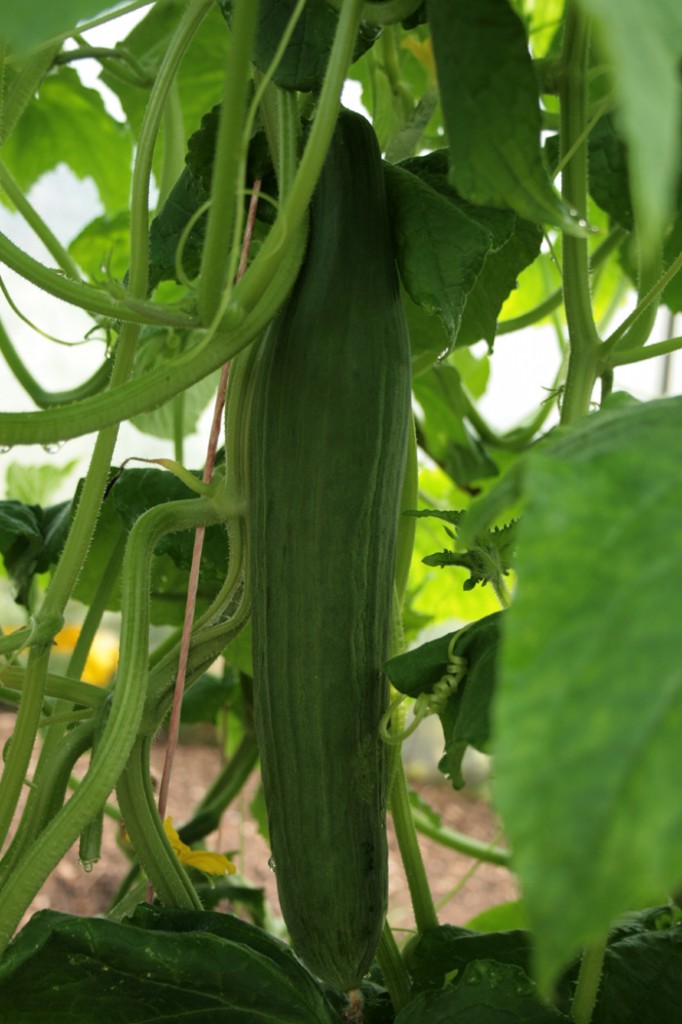
Method
Quarter the cucumber lengthways, scoop out the seeds with a teaspoon and slice into thin quarter-moons about 2mm thick. Put the slices in a large bowl. Top and tail the courgette, quarter it lengthways and cut into pieces the same thickness as the cucumber. Add to the bowl.
Scoop the seeds out of the melon. Carefully slice the melon off its skin, then cut it first lengthways into two to three slender wedges, then crosswise, as with the cucumber and courgette, and add to the bowl.
Roughly chop the olives and add to the salad with the onion. Squeeze over the lemon juice, trickle over the oil, give it a good seasoning and stir together gently. Taste, add more salt, pepper or lemon juice if needed, and serve straight away.


